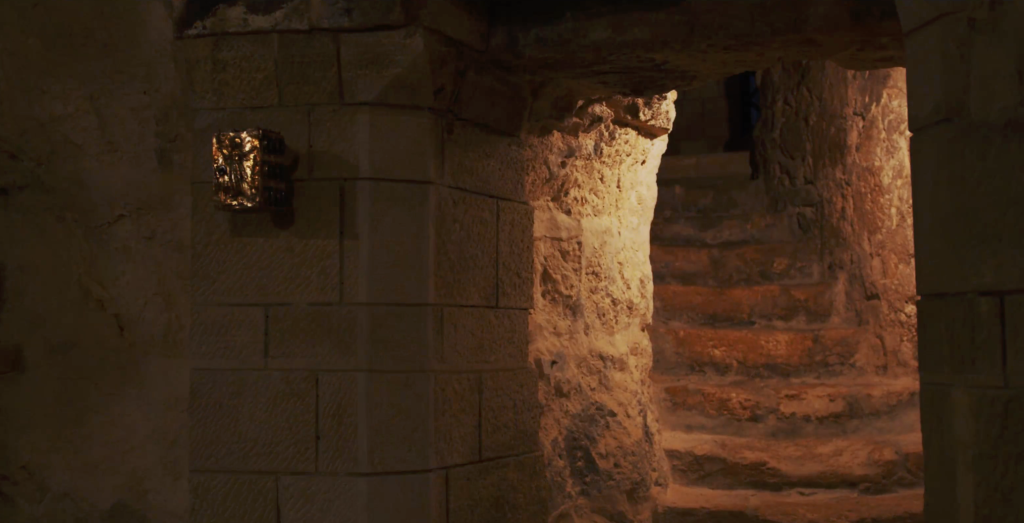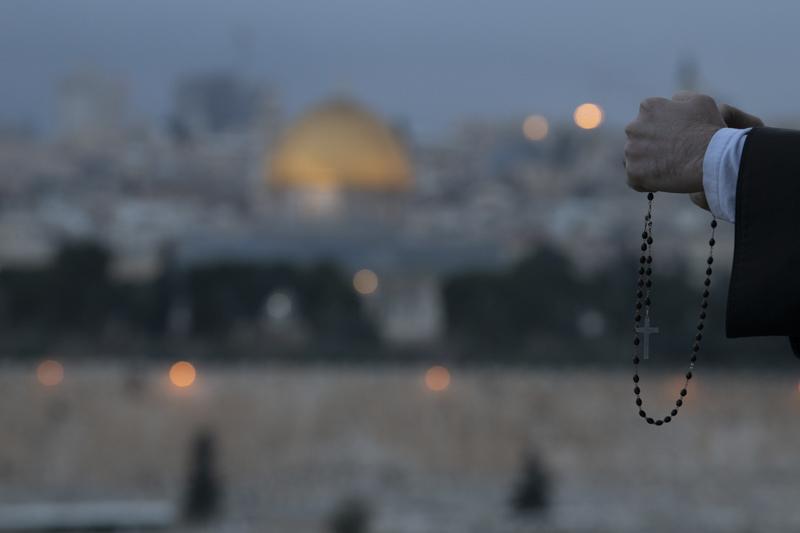In the early 13th century, amidst the fervor of the Fifth Crusade, a humble friar named Francis of Assisi set sail for the Holy Land, a region sacred to Christians, Muslims, and Jews, at that time torn by conflict. Born in 1181 or 1182 in the Italian town of Assisi, Francis had already renounced wealth and embraced a life of poverty, seeking to follow Christ with radical devotion. His journey to the Holy Land in 1219 was not one of conquest but of peace, driven by a heart that saw all people as brothers and sisters under God’s creation.
Francis’ journey laid the foundation for a lasting Franciscan presence in the Holy Land. As early as 1217, during a gathering of his growing band of followers, he sent friars to the region, establishing the Province of the Holy Land. By 1342, under Pope Clement VI, this mission was formalized as the Custody of the Holy Land, entrusting the Franciscans with the care of Christianity’s most sacred sites. From the Basilica of the Holy Sepulchre in Jerusalem, where Christ’s tomb is venerated, to the Church of the Nativity in Bethlehem, the Franciscans became guardians of these holy places. Their role was not without struggle. Over centuries, they navigated political upheavals, from Ottoman rule beginning in 1517 to tensions with other religious communities. Yet, through diplomacy and perseverance, they secured rights to key shrines, such as in 1333 when agreements with Muslim rulers allowed them access to sacred spaces, a responsibility later codified in the Status Quo agreement of 1757.
Today, from their headquarters at Saint Saviour’s Monastery in Jerusalem, the Custody of the Holy Land continues its ancient mission. The Franciscans maintain sacred sites, ensuring pilgrims can pray where Jesus once walked. They educate children, support the vulnerable, and advocate for peace amidst the region’s ongoing conflicts.
The Custody of the Holy Land celebrated with solemnity the Transitus of Saint Francis of Assisi and the liturgical feast of the Saint, patron of Italy, with two intense moments of prayer and communion, the vespers of October 3 and the Eucharistic celebration of October 4.
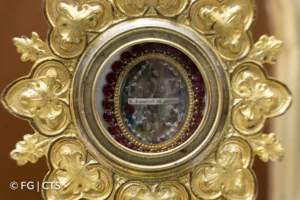
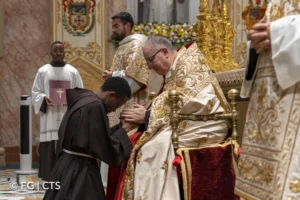
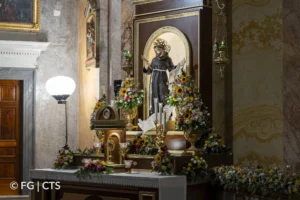
Photo credit: Custody of the Holy Land Custodia.org
Please visit the website to read more about the profound set of events surrounding these memorable days. Also note the wonderful photo gallery at the bottom of the linked page.

